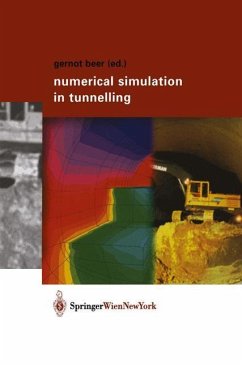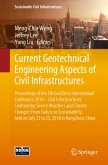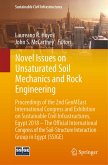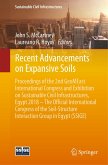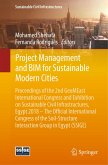For many years the Austrian tunneling industry has demanded that research is urgently required to establish a theoretical basis for the New Austrian TUnneling Method and to assist site engineers in the often difficult day to day decisions. In particular it was felt that numerical models need to be improved considerably in order to be able to act as useful tools in predicting soil/rock mass behavior during tunneling. The required improvement not only refers to the quality of the models but also to their ease of use. As long as an experienced modeler is required to spend days in preparing the input and in interpreting the results the models will not be useful at the tunnel site. It is heartening therefore that a group of scientists in Austria has come together to attempt to tackle this challenging task. The initiative has been supported in a number of ways by the Austrian tunneling industry. All Aus trian companies associated with tunneling sent representatives to the man agement advisory board, which ensured that the research carried out in the project, was of benefit to the industry. The Austrian Geomechanics Society sponsored the project with a considerable amount, which was mainly used to cover site costs. HL-AG and OSAG, as well as the joint ventures allowed access to tunnel sites thereby making it possible to test new developments.
Bitte wählen Sie Ihr Anliegen aus.
Rechnungen
Retourenschein anfordern
Bestellstatus
Storno

